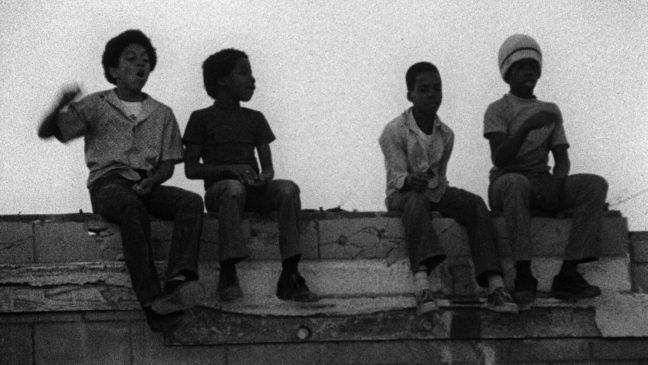The University of Wisconsin’s cinematheque fall schedule promises pleasurable films otherwise not known to the general public.
For almost 20 years, the cinematheque has brought the university campus and the greater Madison area specially curated movies that reflect the teachings of the communication arts department. This semester’s schedule includes silent films, documentaries and even a piece directed by an Oscar-winning UW alum.
Jim Healy, programming director at the cinematheque, recommends a diverse and varied programming schedule for people who are looking to sample new films.
“I think the more you see, the more pleasure you get and the more you appreciate,” Healy said.
Community members will have many opportunities to see what the cinematheque has to offer as there are 13 films scheduled for September alone. The film collection is so large that films are rarely shown more than once. There has been one repeat screening, but this was the result of there being two versions of the same film, Healy said.
If a movie from the screening schedule does not interest anyone enough, people are allowed to contact Healy directly to recommend a film. The chances of this happening should be slim since the cinematheque also collaborates with many UW departments to provide entertainment to people of all backgrounds and majors. These collaborations help to pull in funding.
“The Latin American, Caribbean and Iberian studies department will give us money for an annual series,” Healy said. “We’re getting a little bit of funding from the Middle Eastern studies. We note that in all of our program notes.”
The cinematheque’s existence is also possible because of donations from the Brittingham Foundation and the Anonymous Foundation, the latter of which is campus-based. A large part of the cinematheque’s funding does not even go toward the retrieval of films. Rather, the courier service used for print shipment uses most of the funds.
The film collection process begins with a conversation within the communication arts department. Students and professors request specific films depending on their curriculum. To find more extensive series films, programmers have multiple sources to reach out to. Films have been sourced from distributors, individual collectors, independent filmmakers and archives, Healy said.
Regardless of the source and film genre, the cinematheque only showcases films in the best available quality. Films may be formatted digitally, including standard, high definition and a digital cinema package, or even on 16 or 35mm film reel.
According to the cinematheque’s website, “it is the cinematheque’s policy to screen films only in the best available versions in the correct aspect ratio, and, if silent, at the appropriate speed and with musical accompaniment.”
These regulations are in place to keep the film experience pristine. Especially for older films, viewers want the best playback quality. Examples of older films include a Russian silent film from 1927, two films directed by pioneering director Stephanie Rothman from the 1970s and a Japanese silent film from 1935.
There are so many great films on the fall schedule that even Healy himself could not pick his favorite. But, he is looking forward to “Something Wild,” screening Sept. 30, and “Talk to Her,” screening Dec.3.
“It’s specifically curated by a team of programmers to bring a perspective on cinema that is current in general international cinematheque culture,” Healy said. “There are a number of screenings that are relevant to various things going on both in the cinema world and the world in general.”


